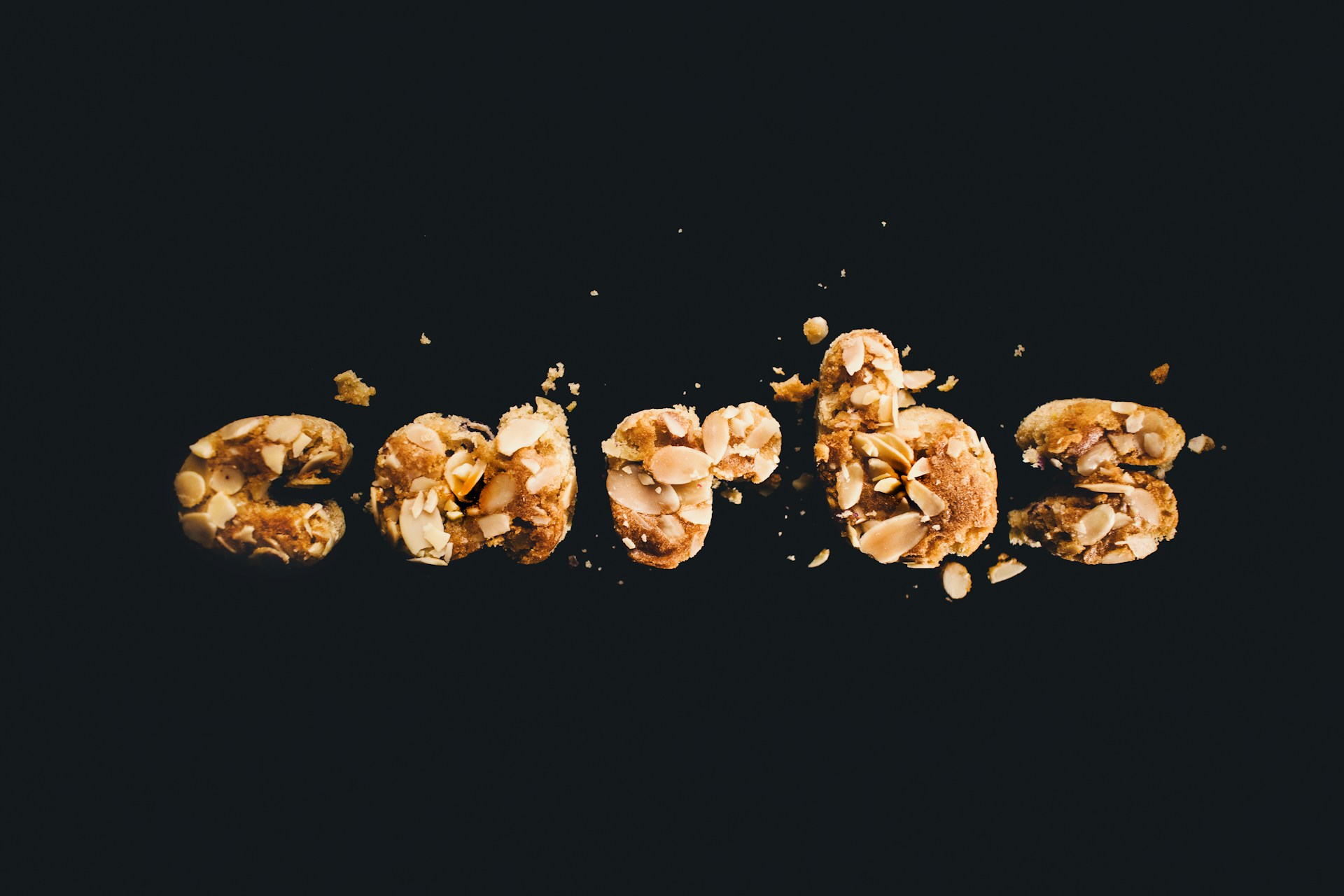Table of Contents
ToggleWhen it comes to managing diabetes, carbohydrates (carbs) are often at the center of every conversation—and for good reason. Carbs have the most immediate and significant impact on blood glucose levels. But that doesn’t mean you should cut them out entirely. The key lies in choosing the right types of carbs and learning how to balance them wisely.
In this article, we’ll break down everything you need to know about carbs and diabetes—what to eat, what to skip, and how to build a smart, carb-conscious diet that supports steady blood sugar and long-term health.
🌾 What Are Carbohydrates?
Carbohydrates are one of the three main macronutrients, alongside protein and fat. They are the body’s primary source of energy. When you eat carbs, your body breaks them down into glucose (sugar), which enters the bloodstream.
There are three main types of carbohydrates:
- Sugars – Simple carbs like glucose, fructose (fruit sugar), and sucrose (table sugar).
- Starches – Complex carbs found in grains, legumes, and vegetables.
- Fiber – The indigestible part of plant foods that helps with digestion and blood sugar control.
While all carbs affect blood sugar, not all carbs are equal.
🍽️ How Carbs Affect Blood Sugar
When you eat carbohydrates, especially simple or refined carbs, they are digested quickly and can cause a rapid spike in blood glucose levels. On the other hand, complex carbs with fiber digest more slowly and lead to a more gradual increase in blood sugar.
For individuals with diabetes, understanding how much and what kind of carbs to consume is essential for maintaining blood glucose within a healthy range.
✅ Carbs to Eat: The Smart Choices
Focus on nutrient-dense, fiber-rich, low glycemic index (GI) carbohydrates that release glucose slowly and support overall health.
1. Non-Starchy Vegetables
These are low in carbs and high in fiber, making them ideal for blood sugar control.
- Examples: Spinach, broccoli, cauliflower, kale, zucchini, bell peppers
2. Whole Grains (in moderation)
Choose whole, unprocessed grains over refined ones.
- Examples: Quinoa, steel-cut oats, brown rice, bulgur, barley
- Tip: Keep portions controlled—½ cup cooked grains is usually one serving.
3. Legumes
Beans, lentils, and chickpeas offer complex carbs, protein, and fiber.
- Examples: Black beans, kidney beans, lentils
- Bonus: They have a low glycemic load and support satiety.
4. Fruits (in controlled portions)
Fruit contains natural sugars, but also fiber and antioxidants.
- Best options: Berries, apples, pears, peaches, oranges
- Tip: Eat whole fruit over juice, and pair it with protein (e.g., nuts or yogurt) to slow absorption.
5. High-Fiber Foods
Fiber helps slow down the digestion of carbs and prevents spikes.
- Examples: Chia seeds, flaxseeds, oats, avocado, leafy greens
6. Dairy or Dairy Alternatives
Look for unsweetened products with low lactose content.
- Examples: Plain Greek yogurt, unsweetened almond or soy milk
❌ Carbs to Limit or Avoid
These foods are often high in added sugars or refined starches, which can cause sharp blood sugar spikes and provide little nutritional value.
1. Sugary Beverages
Sodas, energy drinks, and even fruit juices can contain a shocking amount of sugar.
- Why avoid: They’re rapidly absorbed and offer no fiber to buffer the impact.
- Better choice: Water, herbal teas, or infused water with lemon/cucumber.
2. White Bread, Pasta, and Rice
These refined grains are stripped of fiber and digest quickly.
- Tip: Swap for whole grain or high-fiber alternatives like quinoa or whole grain bread.
3. Pastries, Cakes, and Donuts
These contain high amounts of sugar and refined flour.
- Why avoid: They cause sugar spikes and may lead to inflammation and insulin resistance over time.
4. Sweetened Breakfast Cereals
Even “healthy-looking” cereals may have added sugars.
- Better choice: Steel-cut oats or unsweetened whole grain muesli.
5. Candy and Packaged Snacks
Processed snacks like cookies, chips, or granola bars are usually high in hidden sugars and trans fats.
- Better choice: Nuts, seeds, or a piece of fruit with nut butter.
6. Flavored Yogurt and Sweetened Milk Products
Even “light” yogurts often contain as much sugar as a dessert.
- Tip: Opt for plain Greek yogurt and add your own fruit or cinnamon.
🍎 Portion Control: Why It Matters
Even healthy carbs can cause blood sugar to rise if consumed in large amounts. That’s why portion control is just as important as food choice.
- Use the plate method: Half non-starchy vegetables, one-quarter lean protein, one-quarter whole grains or starchy food.
- Measure carbs using counting tools or carb exchanges (talk to your dietitian for guidance).
- Be mindful of total daily carb intake, typically 45–60g per meal depending on individual needs.
🧠 Bonus Tips for Eating Carbs Wisely
- Combine carbs with protein or healthy fat (e.g., apple + almond butter) to slow digestion and improve glucose response.
- Cook pasta and rice al dente, as it has a lower GI than overcooked versions.
- Read food labels carefully to check for added sugars and total carbs.
- Track your blood sugar before and after meals to learn how different carbs affect you.
Final Thoughts
Carbohydrates are not the enemy—but understanding how to choose and manage them is crucial for anyone living with diabetes. By focusing on whole, fiber-rich foods and avoiding processed, high-sugar options, you can enjoy carbs as part of a balanced, blood-sugar-friendly diet.
At Hum Collections, we’re here to help you make sense of nutrition and build habits that support long-term wellness. Whether you’re planning your plate or picking out snacks, remember: it’s not just about cutting carbs—it’s about choosing the right ones.
Healthy Habits. Happy Life.


